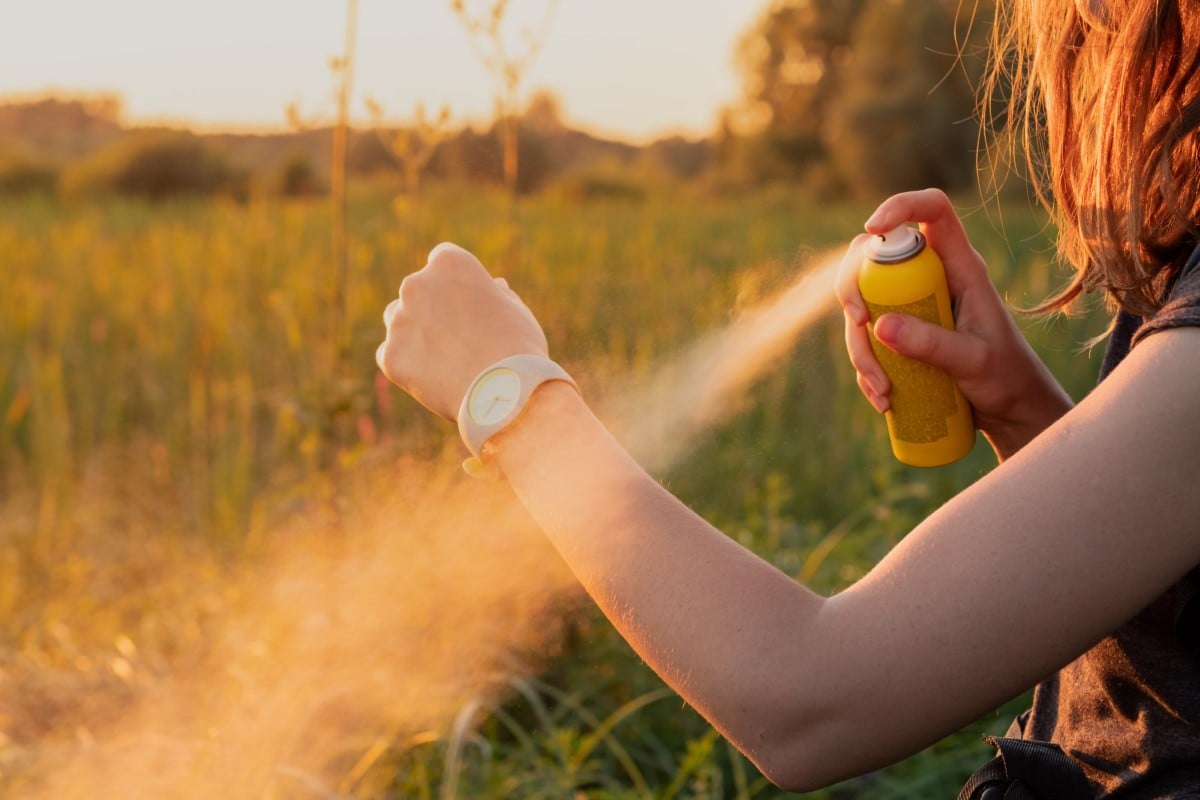If you're enjoying warmer climates, you'll want to avoid bug bites. But if you do get bitten, you should know when to treat at home and when to see a doctor. Many bites and stings will be red and inflamed initially and will improve as inflammation calms down over the next few days. Ice to the area will help calm inflammation. You should see a doctor immediately if you ever have a severe allergic reaction to a bite or sting including difficulty breathing, facial swelling, mouth, lip, or tongue swelling.
Here is a quick guide on how to identify certain bug bites or stings, and rash patterns and characteristics.
Mosquito Bite
- How to ID it: A central bump with surrounding redness due to inflammation. Usually more itchy than painful. Redness may worsen with increased scratching.
- How to treat it: Calamine lotion, oatmeal bath, anti-histamine cream, oral anti-histamine, such as Benadryl. Apply ice to large or swollen bites. Redness localized to the area of the bite is normal and will improve as the inflammation goes away.
- When to see a doctor: If you develop persistent secondary symptoms concerning for mosquito-borne illness such as Zika or West Nile virus. Symptoms usually start as flu-like symptoms that may include fever, body aches, headache, and upset stomach but may progress to neck stiffness, confusion, vision changes, and other neurologic changes.
- Prevention: Wear bug spray with DEET or another EPA-approved active ingredient. See the CDC guide to protecting yourself against mosquito bites and how to apply insect repellant to children properly.
Tick Bite
- How to ID it: Ticks are generally found in wooded areas and can attach to any part of the skin, usually unnoticed. You may see a small red bump where the tick previously attached and then fell off, or the tick may still be in place.
- How to treat it: Check your body for ticks after being outside. If you find a tick embedded in the skin, do not pour any chemical on the tick or forcefully remove the tick as this may cause the tick to expel inner stomach contents potentially containing infectious organisms. Here are the CDC guidelines for safely removing a tick at home.
- When to see a doctor: If you have a tick that you cannot remove safely, see a doctor to have it removed as soon as possible. If you see a rash sometimes referred to as a “bulls eye” rash or see spots on your palms or soles, see a doctor as these are signs of tick-borne illness such as Lyme disease or Rocky-Mountain Spotted Fever. Other symptoms of tick-borne illness may help you identify a tick bite.
- Prevention: Wear a hat and long sleeve clothing tight around wrists and ankles if you know you will be in a wooded area. Wear bug spray with DEET or another EPA-approved active ingredient.
Bee and Wasp Sting
- How to ID it: A central bump with surrounding redness and swelling. Usually more painful than itchy. Depending on the area of the sting, it may swell rapidly.
- How to treat it: As long as swelling is localized, and you do not experience severe allergic reaction as discussed below, most stings can be treated at home. Stung on the hand or arm? Remove any jewelry right away before you swell. Apply an ice pack wrapped in a towel to relieve pain and swelling. Take anti-histamine such as Benadryl for any itching or localized swelling.
- When to see a doctor: Get yourself to an ER if you have swelling of the mouth or airway, have difficulty breathing, dizziness, have a history of severe allergy to bees or had to use an EpiPen.
 American College of Emergency Physicians
American College of Emergency Physicians







